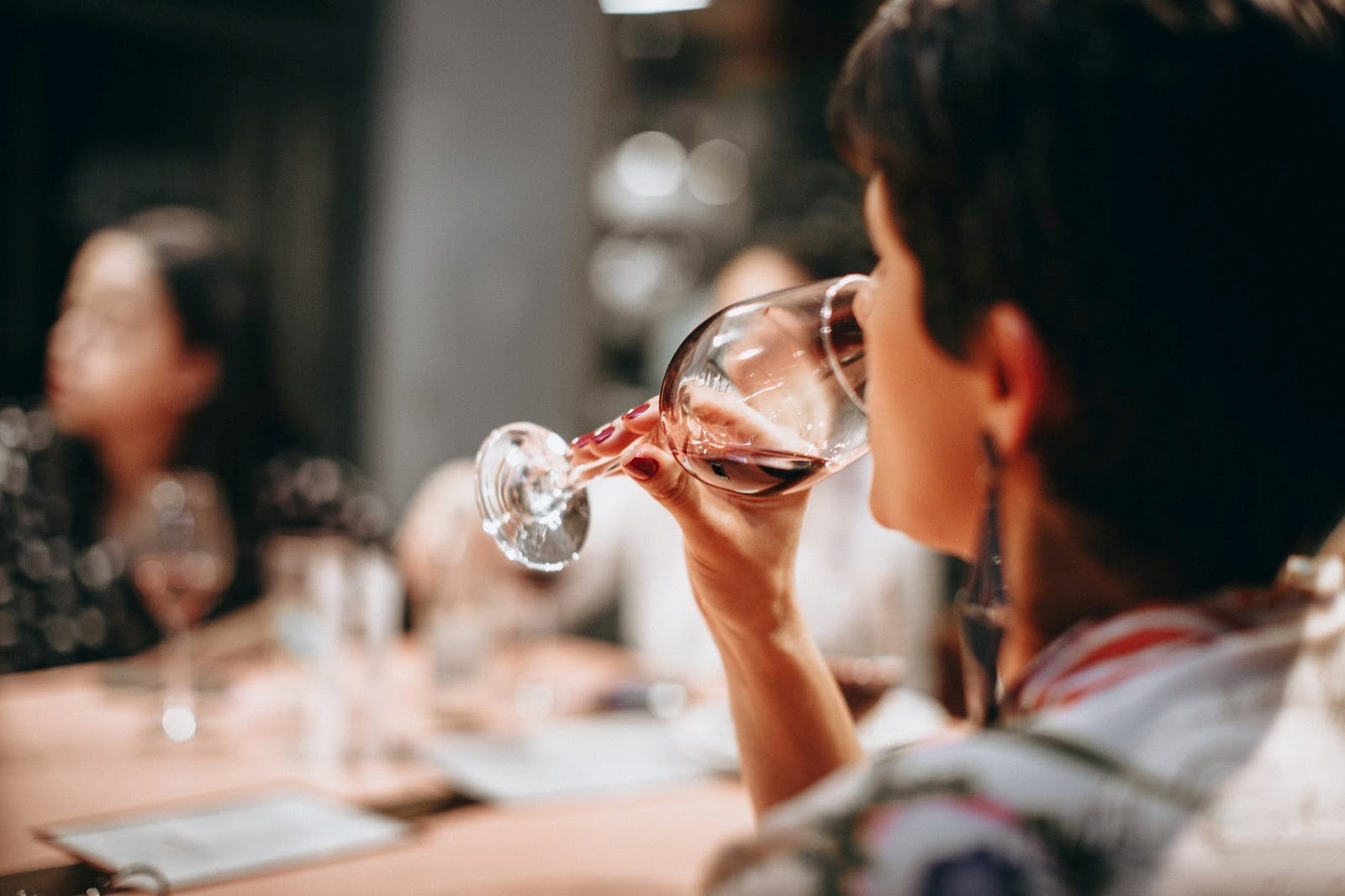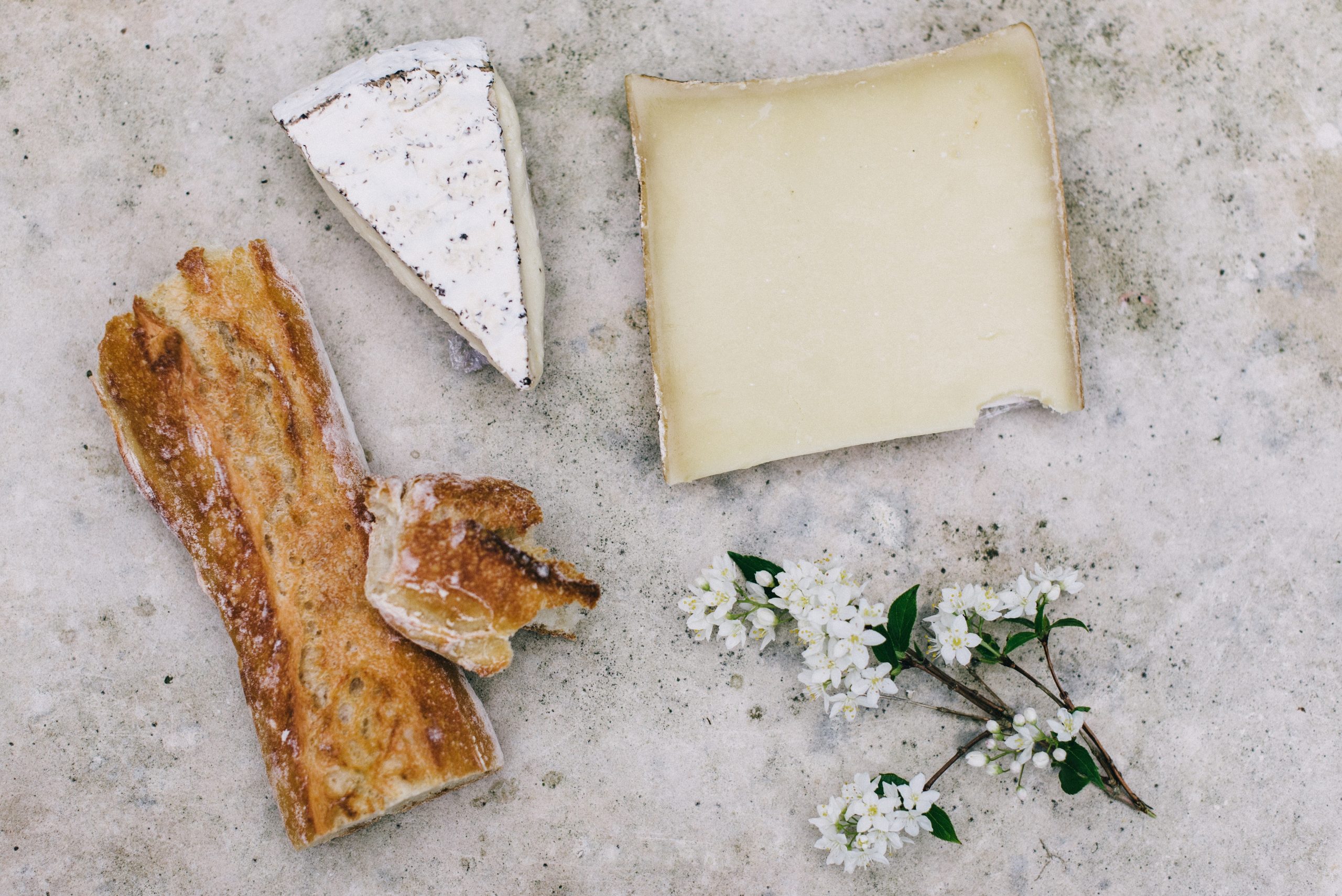
Authentic Tuscan Food & Wine Pairing Perspective
Food and wine pairing is surely one of the most interesting subjects for consumers. So here it is for you: Food and Wine pairing from the Point of View of an Authentic Tuscan Winery.
We want to specify that this article mainly reflects our point of view, well, because after all, food and wine matching is something extremely personal. An objective parameter, and not something subjective.
Understanding how to match a food to a specific wine is, moreover, fundamental in order not to risk to ruin one or the other.
What to look for in a good pairing?
If we want to use just one word, the first term that comes to mind is Balance. A perfect harmony between the components of a dish and the characteristics of a wine.

A Personal Matter
This is surely an extremely complex, varied and vast subject. It is important to underline how it is also something extremely subjective. Wine, after all, has always been (and will always be) something subjective.
Anyway, without further ado, let’s talk about what are the bases for a good food and wine matching.
Different Schools of thought
There are three different schools of thought in Europe. The first one is Italian, then we have French and English.
There are many ideas and many theories, and they often contradict each other.
The English school is surely the less traditional one, and it is also the one that leaves more freedom to express our personal taste. It is based on the principle of matching the wines we prefer with the foods we prefer the most. Therefore, it is exclusively based on our own experience and on our subjective evaluations.
The French school, on the other hand, has strict rules that must be followed to the letter.
French School Rules list:
- No fortified white wine must be matched to game or red meat in general
- No red wine must be matched to fish, molluscs or crustaceans
- White wine must always be served before red wine
- Light wines have priority over robust wines
- Fresh wines must have priority over the ones at room temperature
- Wine must be served in a scale of increasing alcohol by volume
- Only one wine can be matched to every dish
- The wine served must be at its best moment
- After a wine and before the next one, it is fundamental to drink a glass of water in order to rinse one’s mouth.
- Never serve only one wine during the same meal.
The Italian school
The Italian school can be said to have 4 “methods” of matching food and wine.
The first method is the one defined by tradition.
It will be the tradition of the territory or of the specific region where food and wine come from to decide the matching. A perfect example could be the matching of Lambrusco and Lasagne or the matching of a Chianti Classico Riserva with a Florentine T-bones. In Tuscany we are very attached to this kind of approach. And surely a traditional approach in the matching of food and wine will be the most important one, especially in those region of the world where people are in contact with a philosophy that is bound to tradition. Where people are in contact with their roots. As far as Fattoria di Montemaggio is concerned, this is a method which is very dear to us, although we have never disdained innovation and experimentation. As already mentioned in this article, we want there to be, first of all, a balance, and a harmony between food and wine. The same harmony and the same balance we are looking for with the nature.
Another method which is part of the four of the Italian school is the one which is defined as seasonal.
In summertime we will prefer fresh, light and low-fat foods. The choice will be more likely to fall on white and rose wines. In wintertime, on the contrary, our tables will be dominated by robust first courses or roasted meats having a rich taste. Therefore, our choice will fall on important and well-structured red wines.
The third method is defined as psychological:
Also defined by some as “Poetic method”, in this case it is exclusively based on the specific event in order to determine which wine can be matched instead of simply basing it on the dish. Let’s think about New Year’s Eve or a birthday party for example, it is easy that in this kind of occasion often we can find sparkling wines as protagonists.
The fourth and last method is the one we define as Valorization.
This method requires that in the choice of the matching, it should be preferred only one of the elements, to the detriment of the other one. Rich dish with a wine having a certain lightness, delicacy in order to valorize the food. Structured wine with a less rich dish and so on. It is a useful system Structured wine with a less rich dish and so on. It is a useful system in case one wants to emphasize only the wine or only the dish to the detriment of harmony and balance which, as we repeated many times in this article, are fundamental for a good food-wine matching.
The Italian school also refers (in case of the Italian Sommelier Association) to the Mercadini Method, a method which is also called matching by contrast or congruence.
We can say that at the base of this method there is a scientific approach. By using cards representing concentric circles where the characteristics of wine and food are written down, a score from 1 to 10 will be given according to the intensity level perceived. The four fundamental tastes are taken into consideration: sweet, bitter, salty and acid. After that the characteristics of a food are analyzed; therefore sweetness, fatness, whether it is spicy, aromatic, sapid etc. As for wine, acidity, effervescence, sapidity, aroma, aromaticity, tannins will be taken into account. Ultimately the best matching will be the one of wines and foods having close or contrasting characteristics.
Let’s Make Things Simple
If we want to simplify, we should say that we need always to consider intensity. In case the food is extremely light or very rich, you will obviously have to match a wine instead of another one. Moreover, there are foods that seem to be extremely light and delicate, but it is necessary to take into account the seasoning we are going to choose. The classic example could be a salad, in case you decide to dress it with balsamic vinegar it will clearly be anything but light, and indeed the acidity component will be very accentuated. In case the intensity of the dish is not evident at the beginning, it will be enough to refer to the “power” of every gustatory component (acidity, fat, sweet, etc.).
As for wines, the same rule applies. Is wine light or important? Once you have understood this, you can easily make the best decision. It is important to point out you will always have to take into account your personal preference. Let’s look at some examples
Let’s look at some examples
Let’s take for example Chardonnay, a wine known all over the world. Hated and loved. It is a white wine which tends to have more body, but usually does not have a strong acidity, it clearly depends by which area of the world it comes from.
In case we want to take as an example a totally different white wine, I would say Sauvignon Blanc is lighter, but has a higher acidity.
As for red wines, a Sangiovese, such as Chianti Classico di Montemaggio 2014, or Pinot Noir, for example, can be considered as lighter red wines and, in general terms, they do not have a too strong tannin. However everything will also depend on the region of origin of a specific wine and on the vintage in which it was produced.
Talking about more “decisive” reds, a French Merlot is certainly a perfect example of full bodied and opulent red wine, or a Cabernet Sauvignon where we can find a more impetuous tannin.
This is to help you understand that every wine has its own soul.

What about Food with Wine?
As for food, let’s now take some examples. We mentioned in the previous lines the Chianti Classico Sangiovese di Montemaggio 2014, this is a red wine pretty light in color, good acidity. Notes of leather, red fruit. Beautiful minerality and freshness.
In this case we are dealing with a wine that is absolutely very versatile, so we have more than just one option. We can match it with an aperitif rather than a first course such as pappardelle with hare ragout. And contrary to what many people think, the lightness, acidity and crispness of this wine make it the perfect match even with a fish dish having richer characteristics. A salmon, rather than a tuna or a swordfish. Especially if served at a temperature more towards 14 degrees, since we need to chilled up this wine if we are in summertime. Let’s keep in mind that the serving temperature of a red wine can vary within a range from 14° to 18° Celsius.
As already you must also follow what you prefer. Following your personal taste will be fundamental for an excellent food-wine matching.
Other Examples of Food and Wine Pairing
With an aperitif a dry sparkling wine can absolutely be the answer, whereas in case we are talking about a first course, such as a risotto allo scoglio, a structured dry white wine served at about 11-12° C (about 11-12° F) can certainly be the right choice. For a pasta with fresh fish, we could find a nice balance with a white wine a bit softer.
If instead you prefer a pasta with meat sauce such as the classic ragù alla Bolognese, we can move to a young and lively red.
An interesting dish to talk about is certainly carbonara: as for pasta alla Carbonara, a dry sparkling wine but not too much and with a pretty fine perlage could be right for you, helping to reduce the fat part of the dish, and creating a perfect balance.
Moving on to second courses, with white meats such as chicken, a crisp dry white wine or a rosé with an important body may be right for you. Whereas with veal, of course we can choose a red wine, even if it is a vintage wine.
Obviously these are just some examples of the many possible food-wine matchings. As we have repeatedly pointed out it is important to follow, besides the rules indicated in this article, also and above all your personal taste.
Should you be interested in buying some of our organic Tuscany wines, please do check them out and see what we have to say about each one. Contact us with any questions. Our wines also make great gifts with a nice meat, cheese or cracker basket.
Do not be afraid to dare.






Leave a Reply